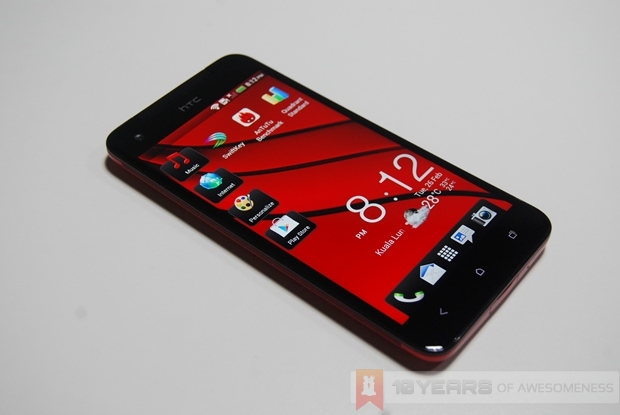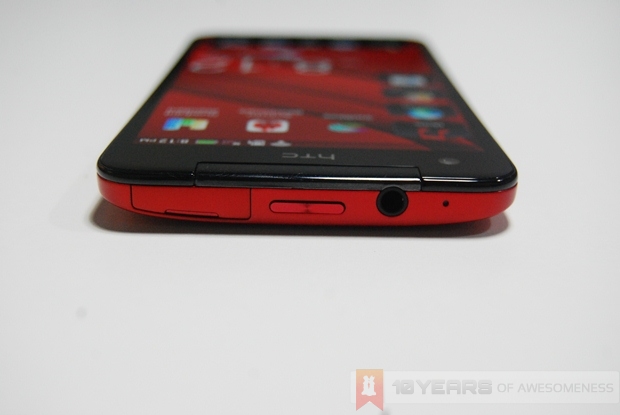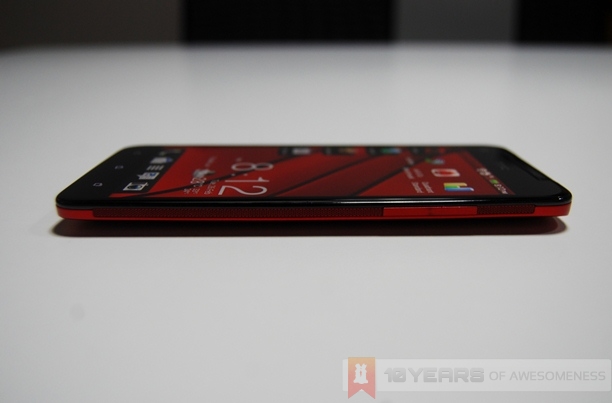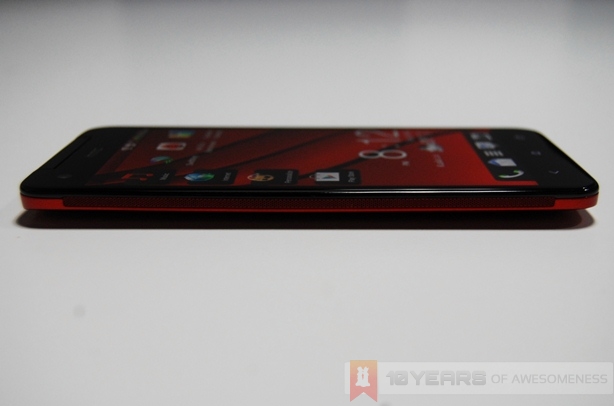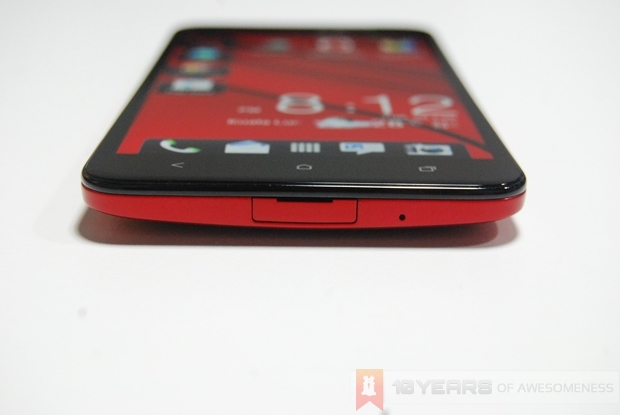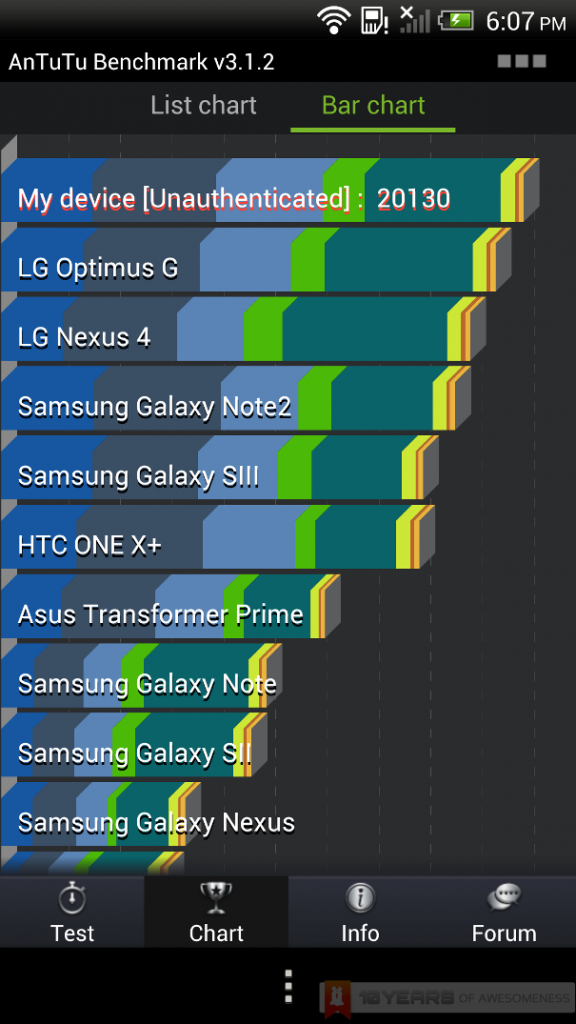One cannot help but feel sorry for the HTC Butterfly. Originally announced in Japan as the J Butterfly in October last year, it made its way to the US as the Droid DNA a month later. Unfortunately, it was not until the middle of January this year that the international HTC Butterfly made its debut in Malaysia. By that time, rumours were already rife that there would be a new flagship smartphone from HTC. Nevertheless, the Butterfly retains the crown as the world’s first smartphone with a Full HD screen, and – based on its specs – is still one of the top smartphones in the current market. Head on after the break for our quick preview.
The HTC Butterfly is powered by a Qualcomm Snapdragon S4 Pro quad-core 1.5GHz processor with 2GB of RAM. There is 16GB of onboard flash storage, expandable via microSD up to 32GB. HTC also bundles in 25GB of Dropbox storage for free for two years. Also, there’s the customary Beats Audio enhancements, but HTC has also added audio amplifiers for both the phone speakers as well as for any attached headsets.
In addition, the Butterfly has an 8MP backside-illuminated f2.0 camera sensor with a dedicated HTC ImageChip. In front, there’s the famous 2.1MP f2.0 wide angle front facing camera capable of 1080p video that we’ve seen on the HTC 8X. Further, there is the customary connectivity options such as WiFi, Bluetooth and DLNA. Interestingly, the Malaysian model for the HTC Butterfly does not have NFC, nor is there 4G LTE. The battery capacity also appears to be rather small at 2020mAh, especially when you consider the amount of energy needed to power the beautiful Super LCD 3 Full HD screen which, incidentally, is protected by Corning’s latest Gorilla Glass 2.
But all the talk on specs suddenly does not matter the moment you switch the phone on. Simply put, the Super LCD 3 display is the perfect match for the 1080p resolution. It is easily one of the best screen technologies that we have seen in a smartphone, and effortlessly trumps the IPS screens that are the rage today.
Powered by one of the most powerful chipsets available, the HTC Butterfly for the most part navigates snappily with little to no lag; however, there are times when it will have some trouble rendering all that pixels – particularly when scrolling. But for the brief time we spent for our first impressions with the phone, it barely broke a sweat, as the benchmark scores below prove.
Stay tuned to Lowyat.NET for our review of the HTC Butterfly as we spend more time with HTC’s superphone.
Follow us on Instagram, Facebook, Twitter or Telegram for more updates and breaking news.


